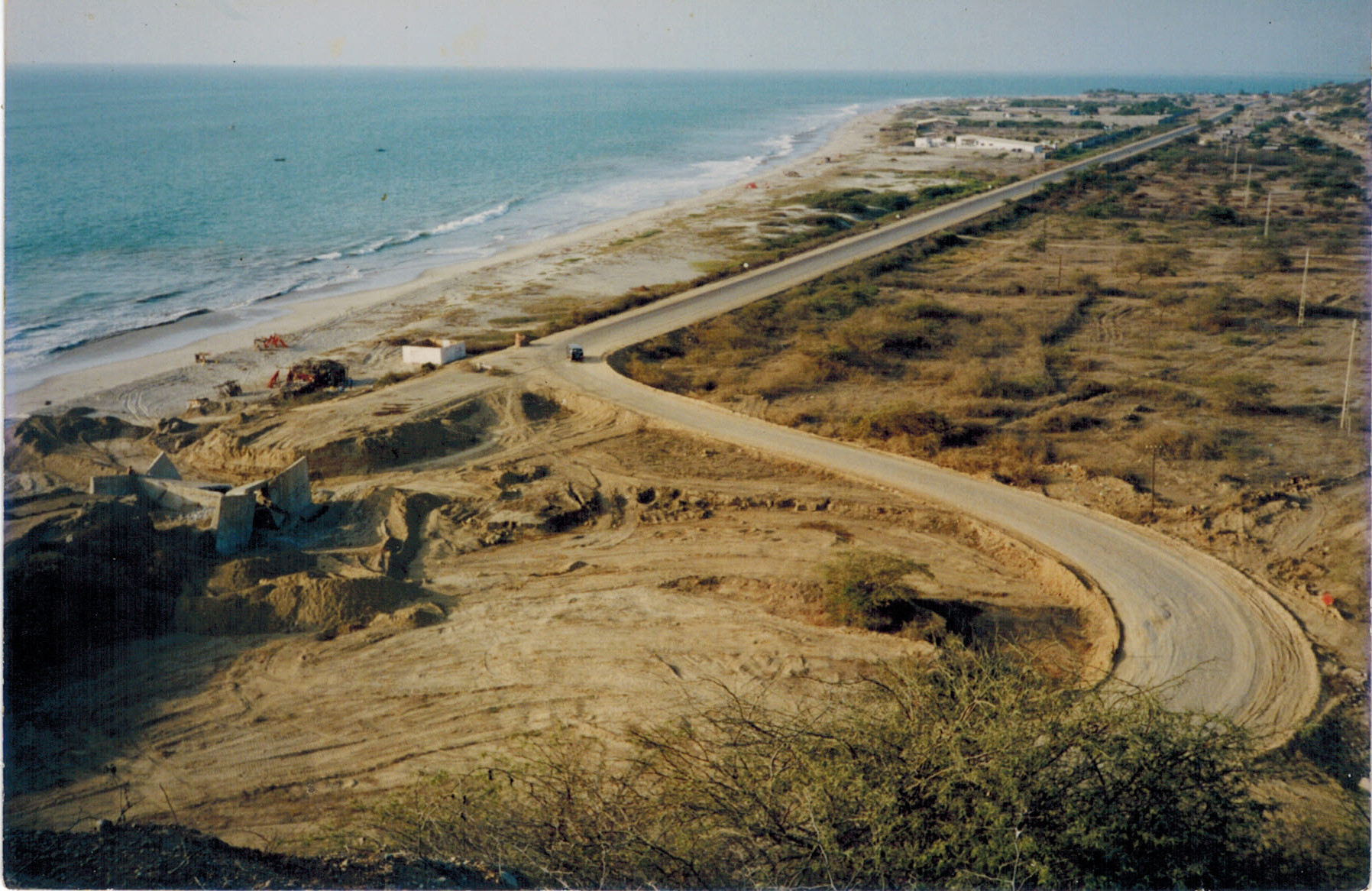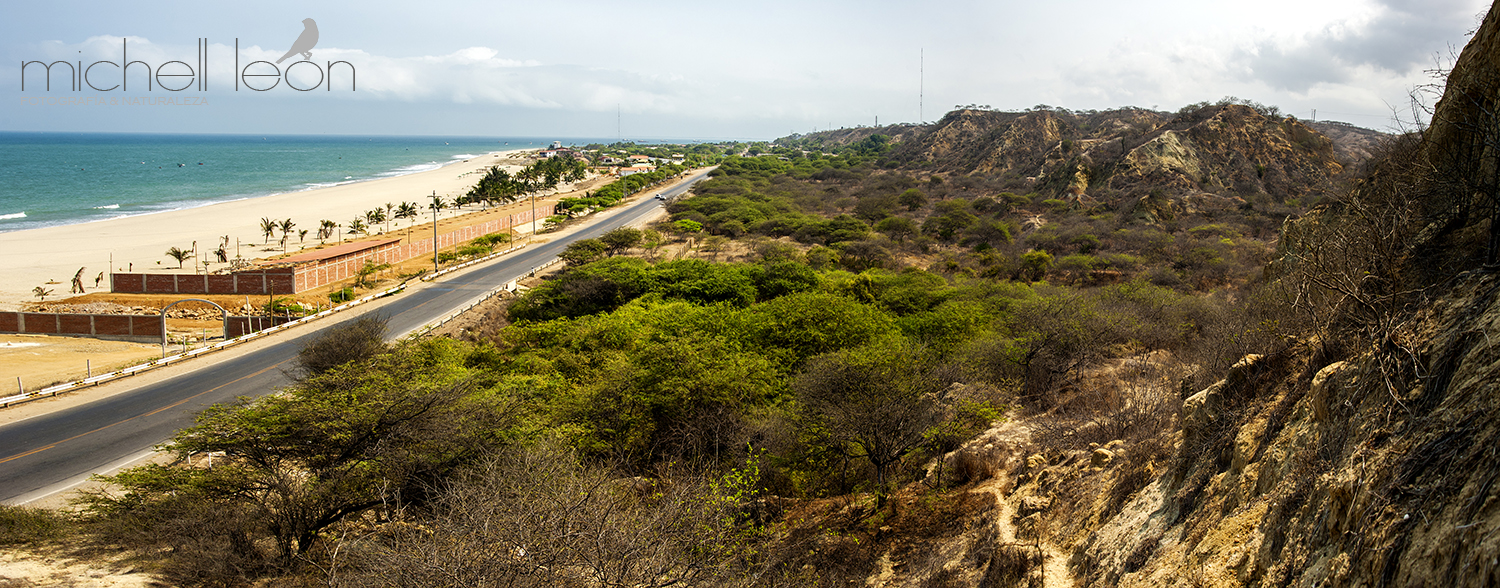In front of our facilities, we can find the Private Conservation Area (PCA) Amotape Dry Forest, complementing the ecological vision of AMOTAPE by integrating the sea with a dry forest where we appreciate the flora and fauna characteristic of that precarious ecosystem. Making the slogan of Tumbes a reality: “Where the forests meet the sea.”
The Private Conservation Area “Amotape Dry Forest” is located at the junction of tropical dry forest and the Pacific Ocean. No other protected natural area in Peru has these characteristics, as other marine coastal areas along the Peruvian coast are either in the Tropical Pacific Desert or in the Mangroves.
Within the area, four species of flora are categorized as “Critically Endangered” and one as “Vulnerable,” along with 63 species of birds, of which two species are categorized as “Endangered” according to Peruvian legislation, while one is listed as “Endangered” according to IUCN/BirdLife. Additionally, there are 14 endemic species from the Tumbes region and three from Peru. Additionally, there are 3 species of reptiles and 5 species of mammals, of which two species are restricted to the Ecuadorian Dry Forest.
The Area covers an extension of one hundred and twenty-three hectares with three thousand square meters (123.3 ha) and is politically located in the district of Zorritos, province of Contralmirante Villar, in the Tumbes region.
The importance of the Private Conservation Area “Amotape Dry Forest” is the very need for the conservation of the Ecuadorian Dry Forest of Tumbes, the development of sustainable and social tourism, whose development possibilities are clearly indicated in the Tourist and Recreational Use Plan of the Northwest Biosphere Reserve where it states:
“The Tumbes Forests present a series of possibilities for the development of tourism motivated by nature, adventure, sports, and ecotourism, and it has a significant strategic advantage, represented by the presence in its access areas from outside of the only warm coastline of Peru, with excellent conditions for beach tourism. This situation greatly enhances its ability to attract travelers, as it has excellent possibilities to develop a series of products for national tourism and additionally international tourism, based on the basic mix of Sea / Forest whose synergy will allow for better conditions to compete in the market” (INRENA 2004).
Rules to follow:
For unforgettable experience in Private Protected Area, please respect the following rules:
1.- Respect the instructions of the Park Rangers, there are her to help.
2.- Only walk on designated paths and routes to protect the Area´s ecosystem.
3.- Do not do damage existing buldings or infrastructure.
4.- Pets are strictly prohibited from entering the Private Protected Area.
5.- Disturbing or feeding wildlife is strictly prohibited
6.- Its prohibited to bring exotic plants or animals into the Area.
7 .- If you wish to carry out any special activity into the private protected area, you must request the authorization from Area Management.
8.- Alcohol and drug use are strictly prohibited.
9.- Tickets to enter the Area are non-refundable and should be kept with you all times while within the Area.
10.- SERNANP, Privated Protected Area are not responsible for bodily harm or any other form of damages that could happen while in the Protected Area.
11.- In the instance that a ticket was purchased without entering the park, you will have 3 months to use the ticket if it is kept in good condition
Thank you for your visit, come back soon










